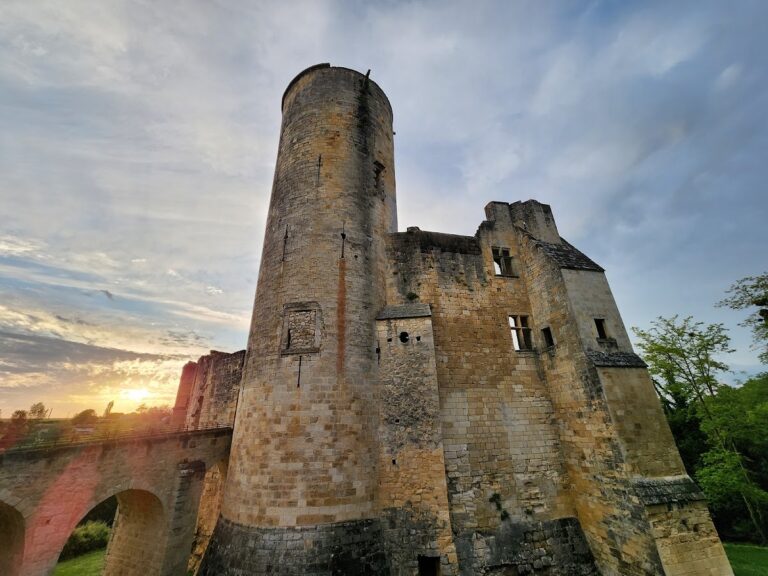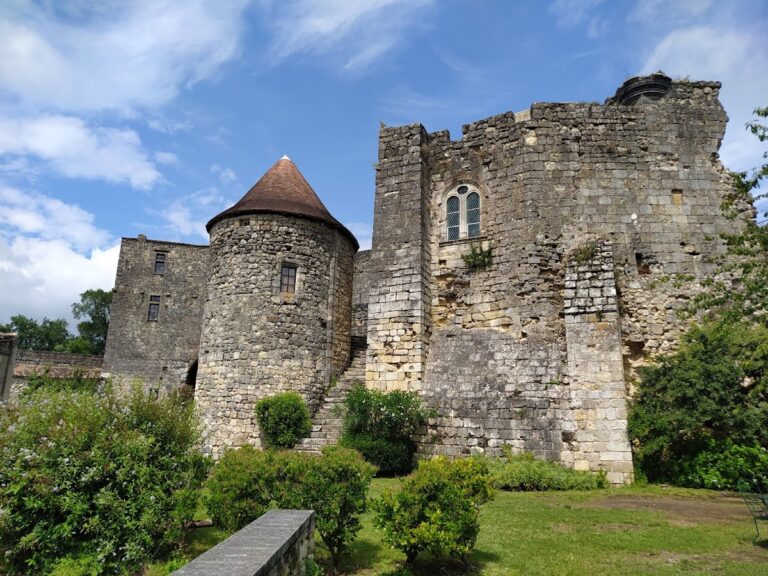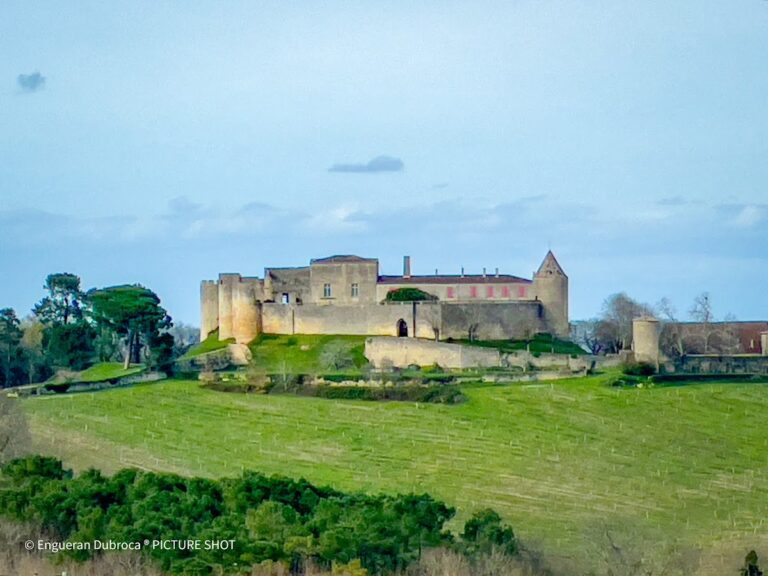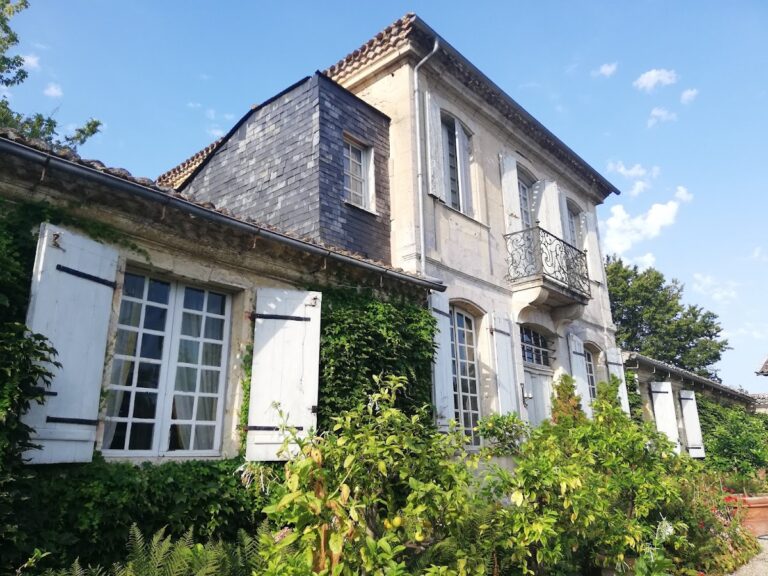Château de Curton: A Medieval Fortress in Daignac, France
Visitor Information
Google Rating: 4.6
Popularity: Very Low
Google Maps: View on Google Maps
Country: France
Civilization: Unclassified
Remains: Military
History
The Château de Curton is a medieval fortress located in the commune of Daignac in modern-day France. It was established by families native to the region, with its earliest known ancestor, Raimond de Curton, recorded in the 11th century. By the early 12th century, the Curton family had established themselves firmly as local lords, marking the beginning of their long association with this estate.
In the late 12th century, the Curton lineage forged significant connections with English royal authority. Régin de Curton, a prominent family member during this period, formalized ties by signing a treaty in London, reflecting the wider political complexities of the region under English influence. The following century saw figures such as Amanieu de Curton actively maintaining the lordship and presence of the castle in official documents.
The Hundred Years’ War (1337–1453) was a crucial era for the château and its lords. King Edward III of England entrusted Arnaud de Curton with the defense of Guyenne against French forces. In recognition of his service, Arnaud was granted jurisdiction over four nearby parishes: Daignac, Espiet, Grézillac, and Tizac-de-Curton, the latter bearing the family name as a lasting toponymic legacy. Other family members, including Petiton de Curton and Sénebrun de Curton, are noted for their participation in military campaigns, with the latter fighting alongside the famed English commander known as the Black Prince.
In the early 15th century, the castle passed into the hands of the Navarrese Beaumont family through marriage. Their son, Louis de Beaumont, inherited the estate but subsequently lost it during the continuing conflicts between France and England. The French crown transferred control to Jacques I de Chabannes de La Palice, a nobleman who later died at the château from wounds sustained at the Battle of Castillon, a decisive engagement in the latter stage of the Hundred Years’ War.
The Chabannes de La Palice family retained ownership into the 16th century, during which time François de Chabannes received the title of marquis in 1563, further establishing the estate’s noble standing. However, the French Revolution brought dramatic changes; the château was confiscated and sold as national property. Ownership then shifted among private hands, with the estate ceasing to function as a feudal stronghold.
An important cultural artifact related to the Curton lords is the “gisant de Curton,” a stone effigy dating from the 13th century and interpreted as depicting a family lord by the crowned lion emblem carved on its shield. This funerary sculpture was originally housed at Château de Tustal before being relocated to the Musée d’Aquitaine in Bordeaux in 2000 for conservation and study purposes.
Since 1926, the Château de Curton has been officially recognized as a protected historic monument in France, reflecting its enduring legacy even as the structure no longer serves its original military or administrative roles.
Remains
Today, the most prominent surviving element of the Château de Curton is the ruins of a square keep, known in medieval terms as a donjon, constructed in 1322. This tower formed part of the castle’s defensive core and once stood approximately 35 meters tall, positioned at the complex’s eastern corner.
Built with formidable walls about 1.40 meters thick, the tower was structurally supported by diagonal buttresses, which helped to reinforce the vertical weight and lateral forces. One of these buttresses encloses an octagonal staircase shaft, granting access to the upper floors. The interior of the tower includes a vaulted cellar beneath ground level, a ground floor, and three successive levels above it, reflecting its multi-purpose usage for defense, storage, and habitation.
Each floor of the donjon was lit by a single paired window, technically called a geminated window, nearly two meters in height and over a meter wide. These windows allowed controlled light and limited openings for archers or lookouts. The top of the tower was finished with a platform, likely serving as a lookout or defensive fighting position.
No other structural elements of the castle remain visible on the site, and the existing tower stands as the sole architectural witness to the medieval fortress once sprawling across the area. The castle’s location north of Daignac, close to the boundary with the commune of Tizac-de-Curton (named after the original ruling family), further ties the physical ruins to its historic lineage and regional importance.







